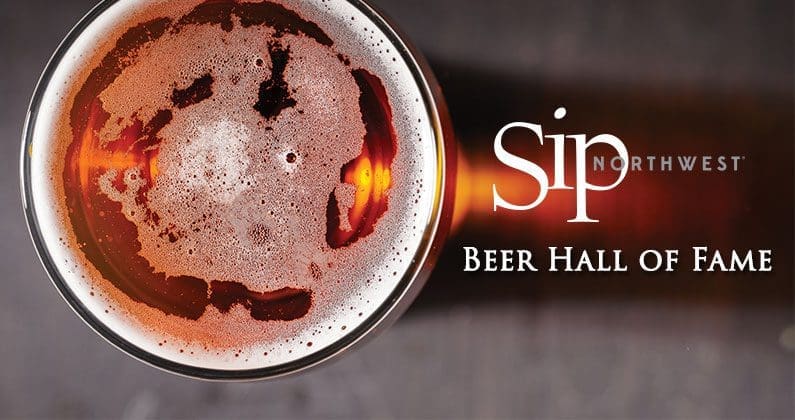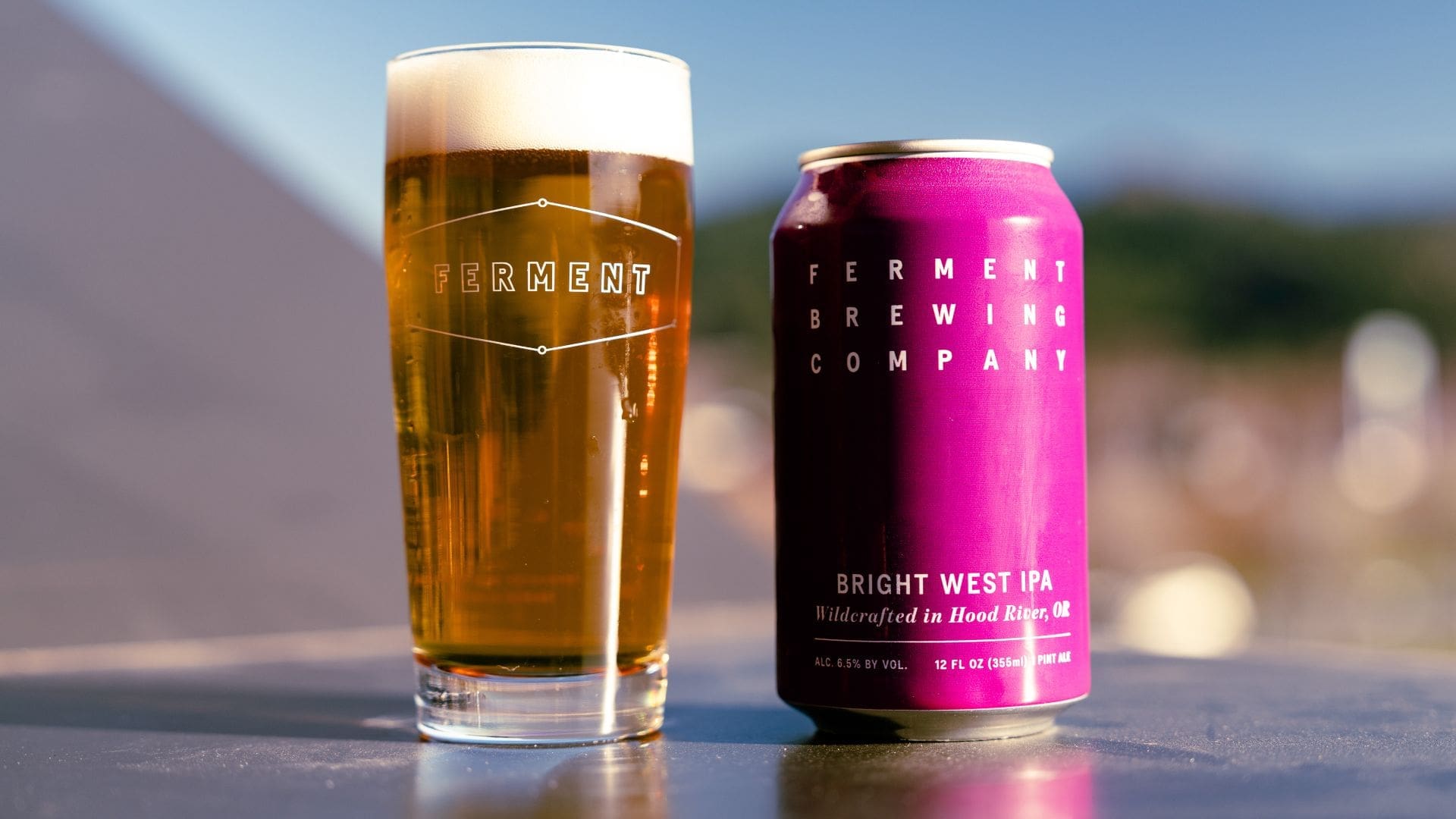Welcome back to Sip Northwest’s Beer Hall of Fame: a twice-monthly induction into a list of essential Northwest beers that have made their mark on the field and region.
Along with being the 49th state in the American union, Alaska is known for its harsh winters, wild animals, mining and the Alaskan Brewing Co. And the brewery’s flagship beer, Alaskan Amber, was born out of all the traditional elements normal to the country’s largest state.
Sipping the brew, one notices its candy-like under- and overtones. While the malt doesn’t overpower the palate, it is certainly present. But the beer, born in Juno in 1986, also drinks softly even when chilled close to ice cold. The recipe’s original brewer, Geoff Larson, a co-founder at Alaskan Brewing, says he practically stumbled upon the recipe when his brewery was just beginning.
“The recipe is based on a lot of research we were doing on early brewing in Alaska,” Larson says. “This one collector found records of Douglas Brewing Co., which gave a list of the raw materials it took to make the beer. Concurrently, we were reading articles that had the brewmaster talking about some hurdles and challenges he had at the turn of the 20th century, like keeping things warm. The fermentation temperature will affect the beer, it has to be warm enough for the yeasts to act.”
So, armed with old articles and anecdotal information as a skeleton model, Larson began to brew. In an era when most people drank light American lagers, Alaskan Brewing set out to make something malty, bigger bodied and different. And while some breweries, like Sierra Nevada and Anchor Brewing, were making hop-forward beer, Larson kept the malt-forward recipe because of both tradition and the historic difficulty of shipping hops to Alaska.
After much trial and error, he finally perfected the grain composition, the hop balance and the right ale yeast – the only yeast that Alaskan Brewing uses in each and every beer to this day – that could be brewed in cold, Alaskan temperatures. And the original notes Larson uncovered even had the beer stored in old mine shafts.
“We didn’t have in our minds any specific beer originally,” he says. “Only after we got those threads of information that everything fell into place. We had to strike a balance.”
And, given Alaskan Amber’s vast popularity – it generates about half of total sales for the 31-year-old brewery – it looks like that balance was struck like a bell. So much so the brewing company is looked to as a gold standard now among all the newcomer breweries.
“In 1986, there were less than 100 breweries in the country,” Larson says. “Fast-forward to now and there’s something like 5,000-7,000. It’s amazing.”











